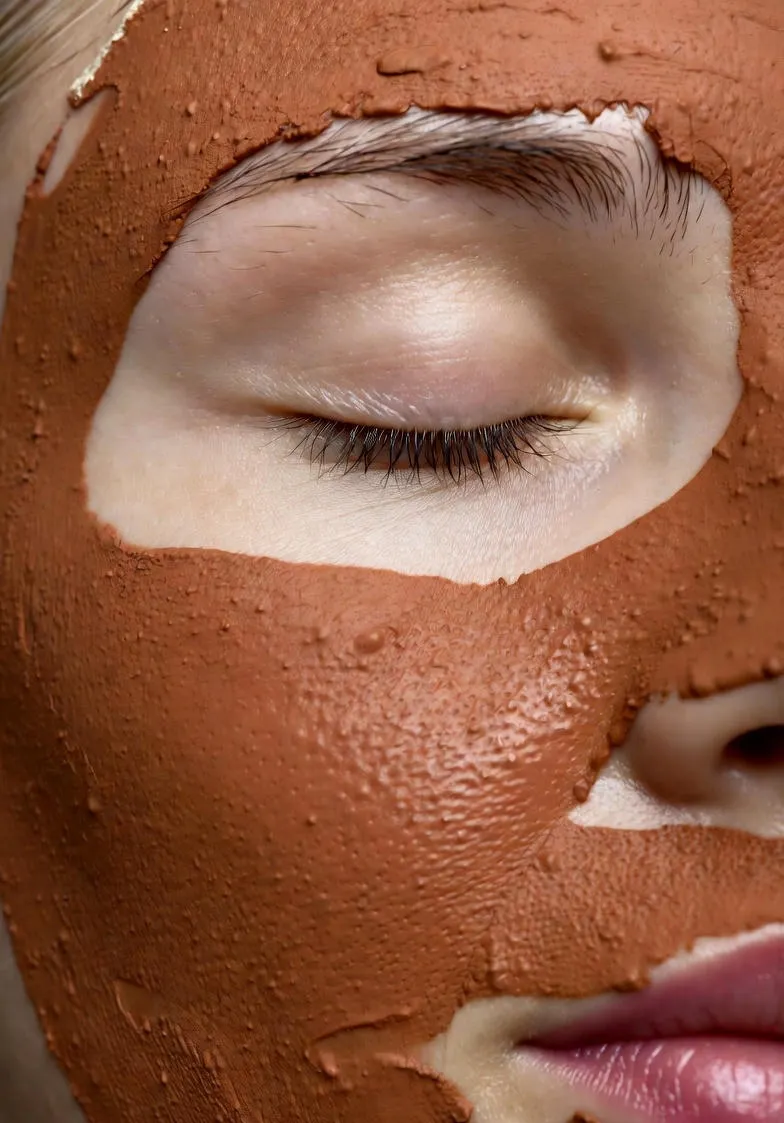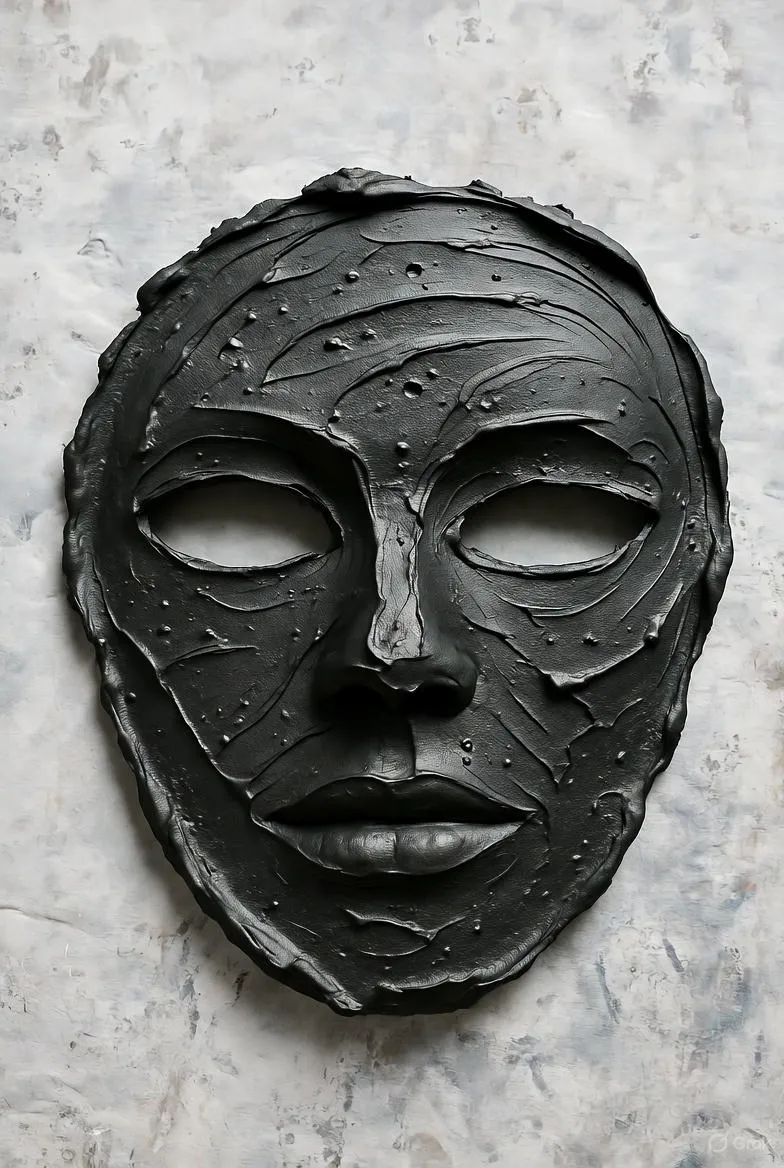Balancing Rosehip Face Masks: Natural Solutions for Oily Skin
Discover DIY balancing rosehip face masks for oily skin. Learn benefits, easy recipes, and tips for natural oil control and glowing results. Perfect for acne-prone complexions.

Discovering the Power of Rosehip for Skin Balance
Rosehip, derived from the fruit of the wild rose plant, has been a staple in natural skincare for centuries. Packed with essential vitamins, antioxidants, and fatty acids, it's particularly renowned for its ability to nourish and repair the skin without overwhelming it. For those with oily skin, finding the right balance is key—too much moisture can exacerbate shine and breakouts, while stripping the skin dry leads to overproduction of sebum. Enter rosehip face masks: a gentle yet effective way to harness this superfruit's properties to regulate oil production, minimize pores, and promote a matte, healthy glow.
What makes rosehip so special for oily complexions? It's rich in vitamin C, which brightens and evens skin tone, while its linoleic acid content helps strengthen the skin's barrier, reducing excess oil without clogging pores. Studies have shown that rosehip oil can decrease sebum levels over time, making it an ideal ingredient for DIY masks that deliver targeted care. In this guide, we'll explore the science behind rosehip, share easy recipes, and offer tips to incorporate these masks into your routine for lasting results.
The Science Behind Rosehip and Oil Control
Rosehip isn't just folklore; it's backed by dermatological insights. The fruit's seeds yield an oil high in essential fatty acids, including omega-3 and omega-6, which mimic the skin's natural lipids. For oily skin types, this is crucial because an imbalanced lipid barrier often triggers the sebaceous glands to produce more oil as compensation. By applying rosehip-infused masks, you're essentially recalibrating this system, encouraging the skin to produce just the right amount of sebum.
Antioxidants like beta-carotene and lycopene in rosehip combat free radicals that can inflame pores and lead to acne. A mask formulation allows these compounds to penetrate deeply, providing a purifying effect that's far gentler than harsh chemical peels. Regular use can lead to smaller pore appearance and reduced shine, as evidenced by user testimonials and small-scale clinical trials on natural botanicals.
Key Benefits for Oily Skin
- Oil Regulation: Balances sebum without drying out the skin.
- Pore Minimization: Antioxidants tighten and refine enlarged pores.
- Acne Prevention: Anti-inflammatory properties soothe active breakouts.
- Hydration Without Greasiness: Lightweight moisture that absorbs quickly.
- Brightening Effect: Vitamin C fades dark spots from old pimples.
Incorporating rosehip into your skincare arsenal means embracing a holistic approach—one that addresses the root causes of oiliness rather than masking symptoms.
DIY Rosehip Face Mask Recipes Tailored for Oily Skin
Creating your own rosehip face masks at home is simple, affordable, and customizable. You'll need pure rosehip seed oil (cold-pressed for maximum potency), along with pantry staples like honey, clay, and oats. Always patch-test new ingredients to avoid irritation. Apply masks for 10-15 minutes, then rinse with lukewarm water. Use 1-2 times weekly for optimal results.
Recipe 1: Purifying Clay and Rosehip Mask
This mask draws out impurities while the rosehip oil replenishes lost moisture, perfect for deep cleansing without stripping.
- 2 tablespoons bentonite or kaolin clay (absorbs excess oil).
- 1 teaspoon rosehip seed oil.
- 1 tablespoon apple cider vinegar (balances pH).
- A few drops of tea tree essential oil (optional, for antibacterial boost).
Mix into a paste with distilled water. The clay binds to toxins, while rosehip ensures your skin doesn't feel tight post-rinse. Ideal for weekly detox sessions.
Recipe 2: Soothing Oatmeal Rosehip Blend
Gentle exfoliation meets oil control in this comforting mask, great for sensitive oily skin prone to redness.
- 3 tablespoons finely ground oats (soothes and absorbs oil).
- 1 tablespoon rosehip powder or 5 drops of oil.
- 1 teaspoon raw honey (natural humectant).
- Enough yogurt for consistency (probiotic calm).
Blend until smooth. Oats provide mild abrasion to slough off dead cells that can mix with oil and clog pores, while rosehip promotes healing.
Recipe 3: Brightening Lemon-Rosehip Treatment
For a radiant boost, combine rosehip's vitamin C with lemon's astringent qualities—but use sparingly if your skin is very sensitive.
- 1 tablespoon rosehip seed oil.
- Juice of half a lemon (freshly squeezed).
- 1 teaspoon turmeric powder (anti-inflammatory).
- 2 tablespoons aloe vera gel (cooling base).
Stir well and apply. This duo fades hyperpigmentation from acne scars, leaving skin even-toned and less oily over time.
Recipe 4: Green Tea and Rosehip Detox Mask
Antioxidant overload for ultimate balance, using green tea's catechins to fight oil-induced inflammation.
- 1 teaspoon matcha or green tea powder.
- 1 tablespoon rosehip oil.
- 1 tablespoon honey.
- Enough cooled green tea for mixing.
The caffeine in green tea temporarily tightens pores, enhancing rosehip's long-term balancing effects.
These recipes are versatile—adjust ratios based on your skin's needs. Store any leftovers in the fridge for up to three days.
How to Incorporate Rosehip Masks into Your Routine
Timing is everything. Evening applications allow the mask to work overnight, with rosehip's regenerative properties peaking during skin's repair cycle. Start with clean, dry skin: double-cleanse if makeup is involved, then towel-dry gently.
Post-mask, follow with a lightweight, non-comedogenic moisturizer to lock in benefits. Avoid heavy creams that could undo the oil-balancing work. For enhanced absorption, mist your face with a hydrosol like witch hazel before applying the mask.
Pro Tips for Maximum Efficacy
- Consistency is Key: Track progress with weekly selfies to see pore refinement.
- Seasonal Tweaks: In humid weather, amp up clay content; in dry seasons, add more oil.
- Pair with Lifestyle Changes: Drink plenty of water and incorporate omega-rich foods to support internal oil balance.
- Storage Savvy: Keep rosehip oil in a dark bottle away from light to preserve its potency.
If you're new to natural skincare, consult a dermatologist, especially if dealing with severe acne. Rosehip is generally safe, but individual reactions vary.
Real Results: What to Expect from Rosehip Masks
Users rave about the transformative effects. After four weeks, many report a 20-30% reduction in midday shine, smoother texture, and fewer breakouts. One study on rosehip oil application noted improved hydration levels in oily skin participants, countering the myth that oil-based treatments worsen greasiness.
Beyond the physical, there's an emotional uplift—glowing skin boosts confidence. Imagine waking up to a fresh-faced reflection, free from the matte-finish powders of yesteryear.
Common Myths Debunked
Myth: Natural oils clog pores. Not rosehip—its light molecular structure slips right in.
Myth: Masks are one-and-done. True balance comes from routine integration.
Myth: Oily skin doesn't need moisture. It craves the right kind, and rosehip delivers.
Enhancing Your Rosehip Routine with Complementary Ingredients
To supercharge results, layer in allies like niacinamide serums post-mask for further oil modulation, or use a jade roller to boost circulation during application. Avoid mixing with retinoids initially to prevent irritation.
For a full regimen: Morning cleanse with a salicylic acid foam, midday blotting sheets if needed, evening rosehip mask twice weekly, and nightly lightweight oil cleanse. This holistic setup addresses oil from every angle.
Sustainable Sourcing and Ethical Considerations
Opt for organic, sustainably harvested rosehip to minimize environmental impact. Brands that support fair-trade practices ensure the wild rose bushes thrive, preserving this gem for future generations.
DIY masks reduce packaging waste, aligning with eco-conscious beauty. Your skin—and the planet—will thank you.
Conclusion: Embrace the Balance
Rosehip face masks offer a natural pathway to tamed oil and radiant skin. By understanding its benefits and crafting personalized recipes, you're investing in long-term wellness. Start simple, stay consistent, and watch your complexion harmonize. Your journey to balanced beauty begins now.
(Word count: 1,248)


